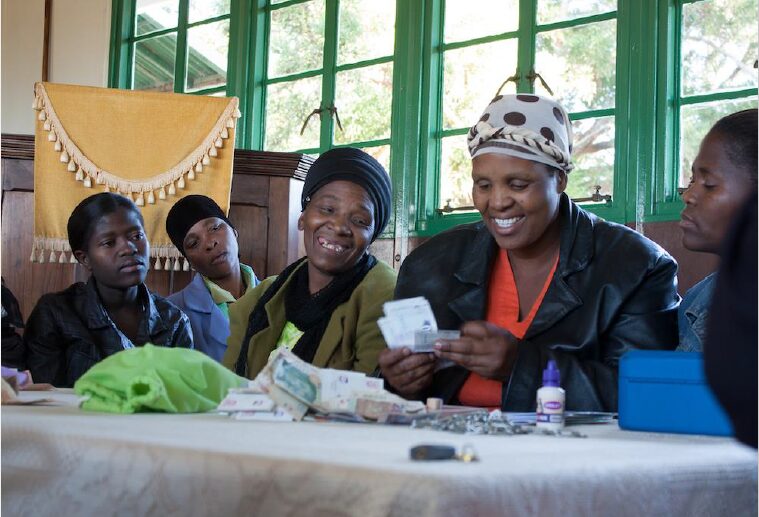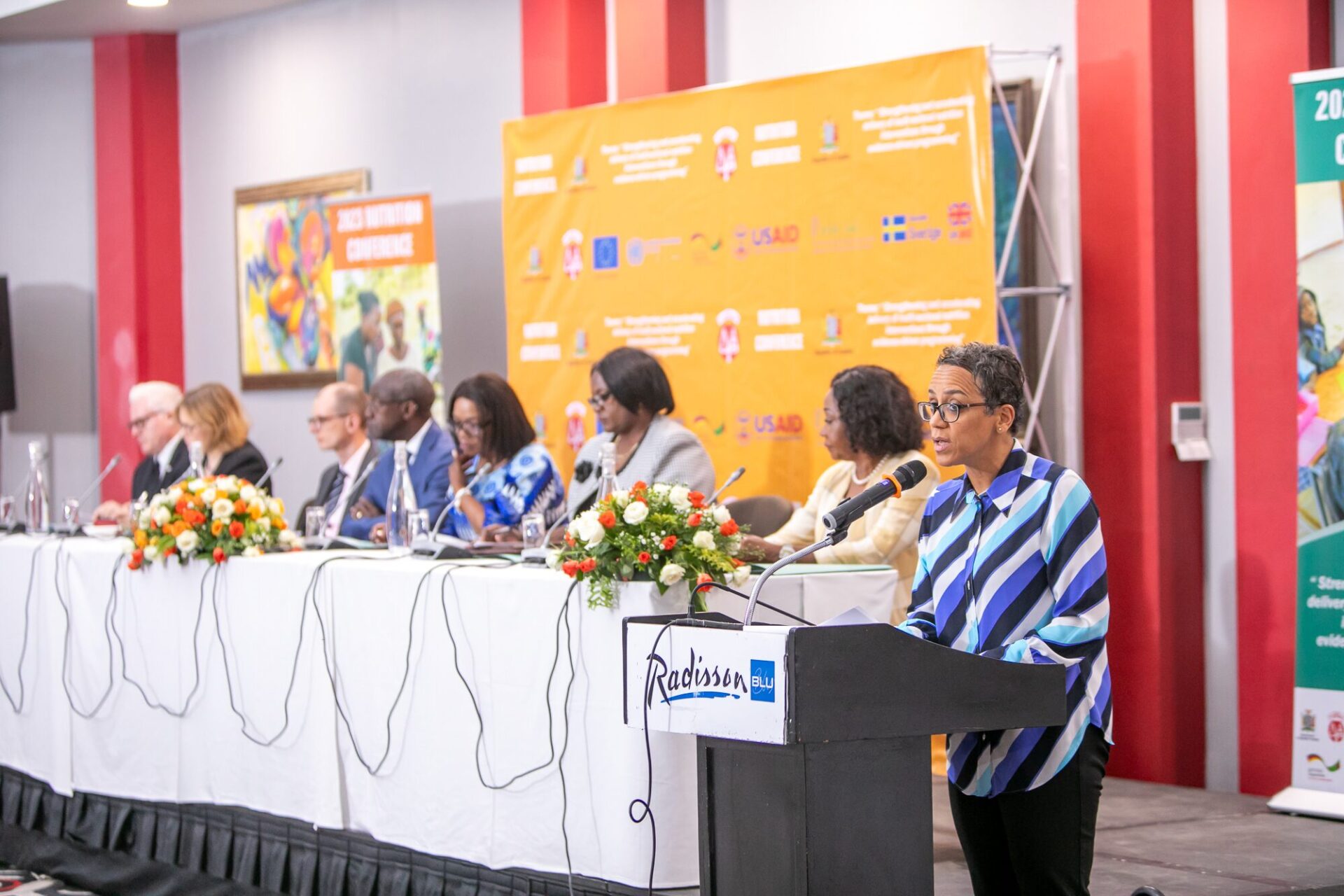By Margie Roper and Heather Dixon
Khulisa, together with experts in the field, recently completed the first-ever multi-year, multi-sectoral, multi-disciplinary study on the nature and scope of Trafficking in Persons (TIP) in South Africa. The goals of the study, which was funded by USAID through the LASER PULSE mechanism managed by Purdue University, were to reveal the nature and magnitude of TIP in South Africa using both quantitative and qualitative data, and to position that data to play a larger role in public policy debates around TIP.
Due to the wide-ranging magnitude of trafficking, its hidden and subversive nature, and the extraordinary sensitivity of the data being collected, the TIP study was particularly challenging to carry out – especially during COVID-19 restrictions. And due to the urgency of addressing and preventing TIP, we were acutely aware of how important it was to make the data valuable and actionable for the wide range of sectors and stakeholders involved. The evaluation was huge, involving six different studies, and employing a multi-sectoral, mixed-method approach to ascertain primary and secondary data from across the spectrum of sectors involved in combatting trafficking.
Collaborating to Achieve the 4Ps
In order to effectively counter TIP in South Africa, all sectors – business, civil society, the government, and all the sub-sectors within those categories – need to work together to address the “4Ps”: Preventing trafficking, Protecting individuals affected by trafficking, Prosecuting perpetrators of trafficking, and Partnering together to do all of the above. The last P speaks directly to the importance of a collaborative response.
Here are some of the ways our evaluation has helped encourage a collaborative response to TIP in South Africa:
1) Providing evidence for policy to improve the response across multiple sectors.
Based on triangulated evidence, we identified sections of various South African government acts that, if implemented fully, will improve the counter-trafficking response. Numerous acts guide the counter-trafficking response, and the mandates for these acts lie across many government departments. Through triangulating data from the legal and policy review with the prevalence insight data, we identified the interconnectedness of legislation and sections that would strengthen efforts to counter trafficking if implemented fully.
2) Giving voice to stakeholders who are often not heard, including victims’ voices and civil society responses. When evaluating social challenges and complex phenomena, we need to make sure the voices of vulnerable people are part of informing policy and practice. Interviews conducted with survivors of trafficking brought their voices to the centre of the response; we identified gaps in services to meet survivors’ needs and support them on their journey of healing. Government departments and professionals, such as social workers, can use these findings to tailor their services to meet victim’s needs. The evidence also confirmed the excellent services of many social workers, the dedicated, proactive responses provided by police and prosecutors, and the role of civil society organisations, providing insights and lessons for scaling the response.
3) Evaluating effective partnerships improves prevention, prosecution, and protection responses by individuals, departments, and organisations.
Partnerships, the fourth P, are critical to countering trafficking in a comprehensive, responsive way. The TIP National Policy Framework guides partnerships. However, in practice, the research highlights the challenges of working collaboratively. For example, we used stakeholder mapping to identify the effectiveness of partnerships and collaboration between civil society and government. We focused the mapping on how stakeholders collaborate to provide services to victims. This exercise can be used by organisations and departments to identify which partnerships they need to strengthen and how collaboration may change over time.
4) Drawing upon the evidence, the research provides applicable recommendations to be taken forward across the response.
Khulisa is committed to using evaluation results and supporting the translation of research to inform policy, strategy, resource mobilisation, and practice. The TIP study provides point-in-time “know the problem: know the response” evidence on the landscape, scope, and effectiveness of the complex phenomenon of TIP in South Africa. A ‘mosaic of evidence’ is required to understand the ‘constellation of circumstances’[1] of this complex phenomenon. We therefore triangulated the evidence to develop specific, prioritized recommendations and proposed timelines that can guide government, civil society, and stakeholders to continue to strengthen the TIP response.
5) Developing evaluation instruments, as well as indicators for use in future studies and longitudinal analysis by all stakeholders.
Our team piloted and tested the instruments as part of the study’s verification process. The instruments we created can be used by government, civil society, and academia for ongoing monitoring, evaluation, and research in this sector.
We believe our evaluation helped and will continue to promote collaboration and the multi-sectoral responses necessary to counter the TIP situation in South Africa. If you are interested to know more about the project, please read the following five Daily Maverick articles:
§ Warria, Roper, van der Watt, Marx and Dixon (June 2021), “Children are easy targets for exploitation and traffickers during Covid-19” Daily Maverick, Available at https://www.dailymaverick.co.za/article/2021-06-03-children-are-easy-targets-for-exploitation-and-traffickers-during-covid-19/
§ Warria, Roper, van der Watt, Marx and Dixon (June 2021). “Coronavirus does not discriminate: Inclusion of migrants in Covid-19 policy crucial for collective wellbeing”, Daily Maverick, Available at https://www.dailymaverick.co.za/article/2021-06-20-coronavirus-does-not-discriminate-inclusion-of-migrants-in-covid-19-policy-crucial-for-collective-wellbeing/
§ Warria, Dixon, Roper, Marx, Leteane and Chadambuka (July 2021) “The voices of human trafficking victims and survivors must be heard above all others to elicit change”, Daily Maverick, Available at https://www.dailymaverick.co.za/article/2021-07-29-the-voices-of-human-trafficking-victims-and-survivors-must-be-heard-above-all-others-to-elicit-change/
§ Warria, Chadambuka, Dixon, Roper, Marx and Leteane, (August 2021), “Preserving the fabric of our society as we reflect on gender equality and women’s rights”, Daily Maverick, Available at https://www.dailymaverick.co.za/article/2021-08-09-preserving-the-fabric-of-our-society-as-we-reflect-on-gender-equality-and-womens-rights/
§ Marx, Warria, Dixon, Roper and Chadambuka (September 2021), ” Heritage Day: Let’s remember the millions of migrants and trafficked victims who yearn for home”, Daily Maverick, Available at https://www.dailymaverick.co.za/article/2021-09-22-heritage-day-lets-remember-the-millions-of-migrants-and-trafficked-victims-who-yearn-for-home/
A segment on ENCA about human trafficking and this research project is available at:
https://www.enca.com/videos/human-trafficking-over-40-million-trafficking-victims-globally
[1] United Nations Office on Drugs and Crime (UNODC) (2017) Case Digest: Evidential Issues in
Trafficking in Persons Cases. Vienna: United Nations.


